We all know how beautiful boxwood can be clipped in a formal garden, but have you thought about using boxwood as literally a very "green" oasis for your floral arrangements? I have a dear friend who is very talented in creating magnificent floral arrangements from her garden. On a recent visit to her showcase garden, she showed me how to use her boxwood from her garden as a way to secure her flowers in their vases. Clipped boxwood anchors your flower stems, looks great especially in your clear vases, and is what I call "garden economizing"--free from your garden.
The added advantage of using boxwood is that it will keep for a long time in your vase, far outlasting your cut flowers. Simply cut boxwood pieces to your desired floral vase or container size. Arrange them under water until your vase is full of boxwood clippings, and next add your cut flowers. The boxwood will hold your flowers in the spot you place them. I love the look, very classic, very green, and very earth-friendly.
Please share if you use a green, alternative to oasis for your floral arrangements. Please comment on which boxwood your enjoy the most.







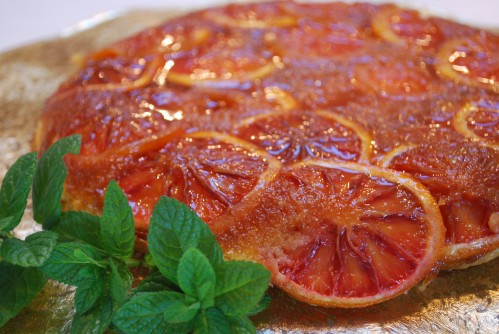 A few years ago I planted a Moro Blood Orange tree, after making this gorgeous
A few years ago I planted a Moro Blood Orange tree, after making this gorgeous 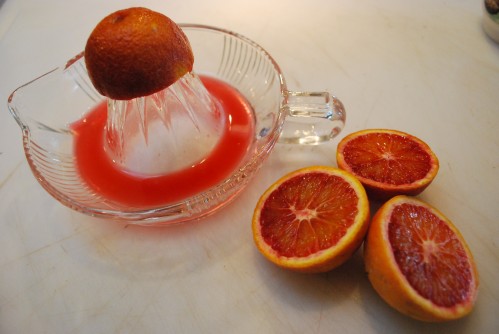
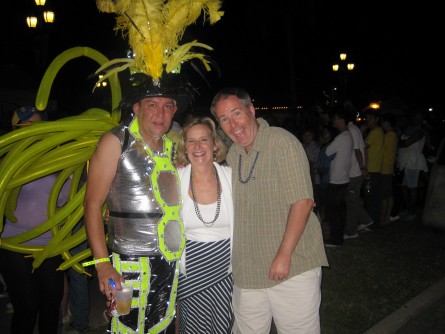 Recently, my husband John, and I had the opportunity to experience first hand the fun and excitement surrounding the celebration of the evening Carnival Parade in the streets of downtown Oranjestad, Aruba in the Dutch Carribean.
Recently, my husband John, and I had the opportunity to experience first hand the fun and excitement surrounding the celebration of the evening Carnival Parade in the streets of downtown Oranjestad, Aruba in the Dutch Carribean.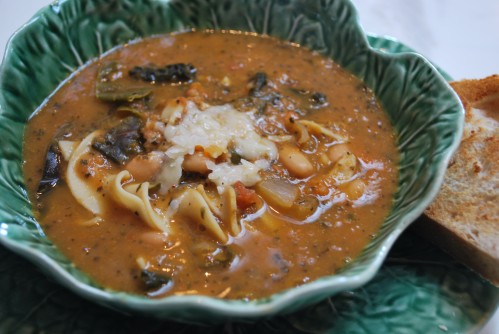 "China tea, the scent of hyacinths, wood fires and bowls of violets--that is my mental picture of an agreeable February afternoon." --Constance Spry
I agree, Constance, and what about soup to take the chill out of you, such as one of my favorites,
"China tea, the scent of hyacinths, wood fires and bowls of violets--that is my mental picture of an agreeable February afternoon." --Constance Spry
I agree, Constance, and what about soup to take the chill out of you, such as one of my favorites,  I love burlap as a medium, see my post,
I love burlap as a medium, see my post, 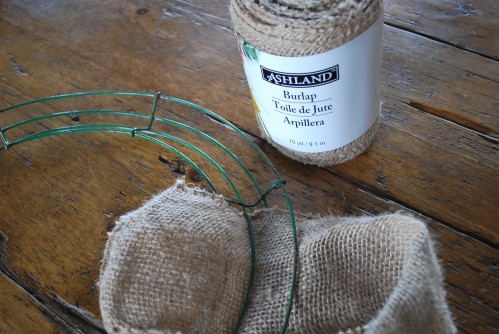
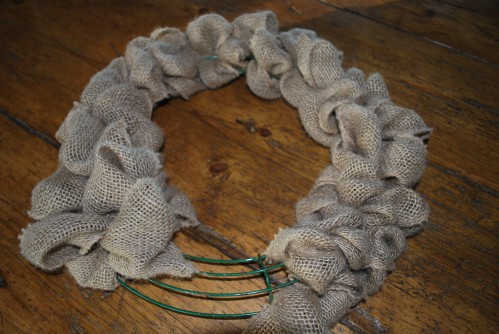

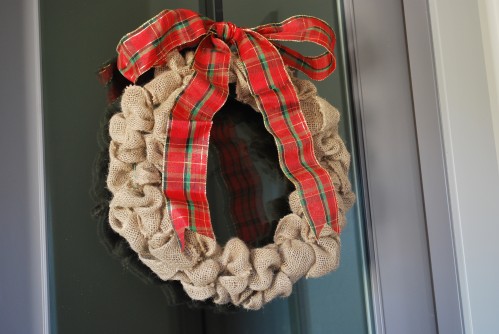
 Last fall at harvest time, our gifted architect,
Last fall at harvest time, our gifted architect, 